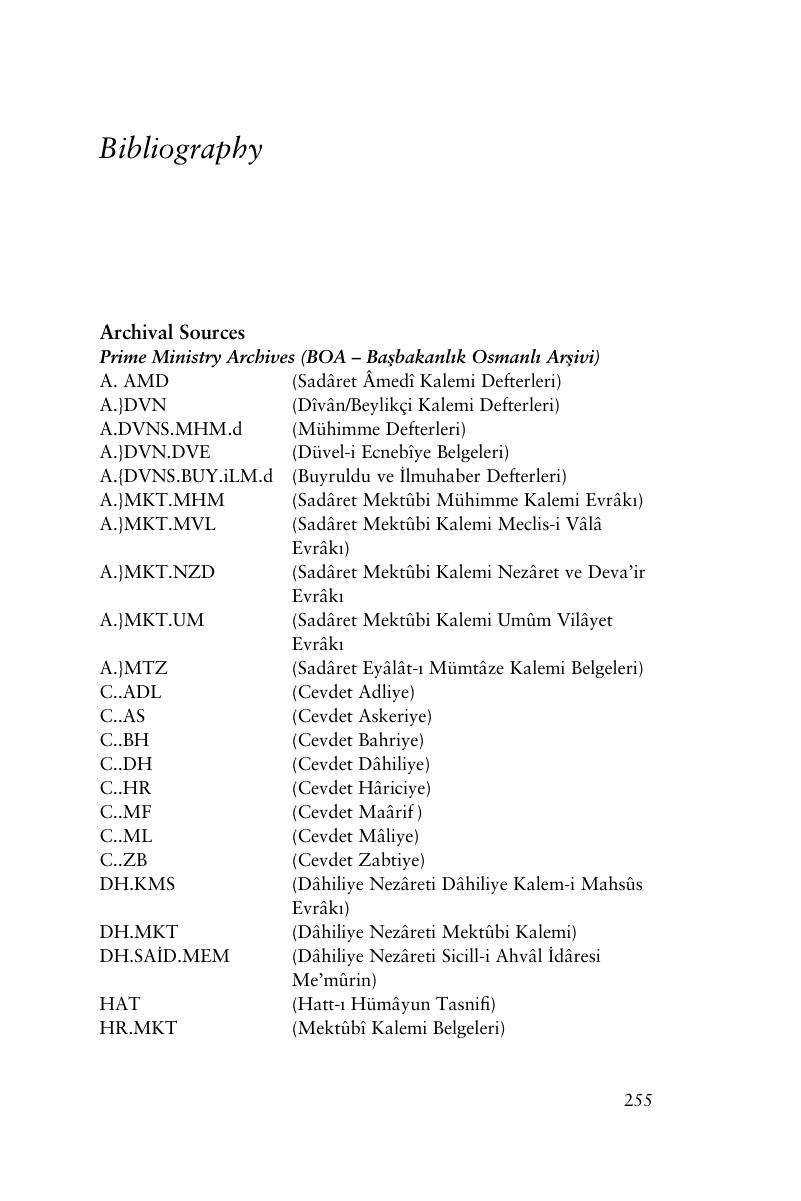Book contents
- The Emergence of Public Opinion
- The Emergence of Public Opinion
- Copyright page
- Dedication
- Epigraph
- Contents
- Figures
- Note on Transliteration, Place Names, and Dates
- Acknowledgements
- Introduction
- 1 Historical Background
- 2 A Bureaucratic Public Sphere
- 3 The World of İsmail Ferruh Efendi
- 4 The Schooling of the Public
- 5 The Emergence of a Reading Public after c. 1860
- 6 ‘The Turkish Revolution’
- Conclusion
- Bibliography
- Index
- References
Bibliography
Published online by Cambridge University Press: 30 October 2018
- The Emergence of Public Opinion
- The Emergence of Public Opinion
- Copyright page
- Dedication
- Epigraph
- Contents
- Figures
- Note on Transliteration, Place Names, and Dates
- Acknowledgements
- Introduction
- 1 Historical Background
- 2 A Bureaucratic Public Sphere
- 3 The World of İsmail Ferruh Efendi
- 4 The Schooling of the Public
- 5 The Emergence of a Reading Public after c. 1860
- 6 ‘The Turkish Revolution’
- Conclusion
- Bibliography
- Index
- References
Summary

- Type
- Chapter
- Information
- The Emergence of Public OpinionState and Society in the Late Ottoman Empire, pp. 255 - 312Publisher: Cambridge University PressPrint publication year: 2018



